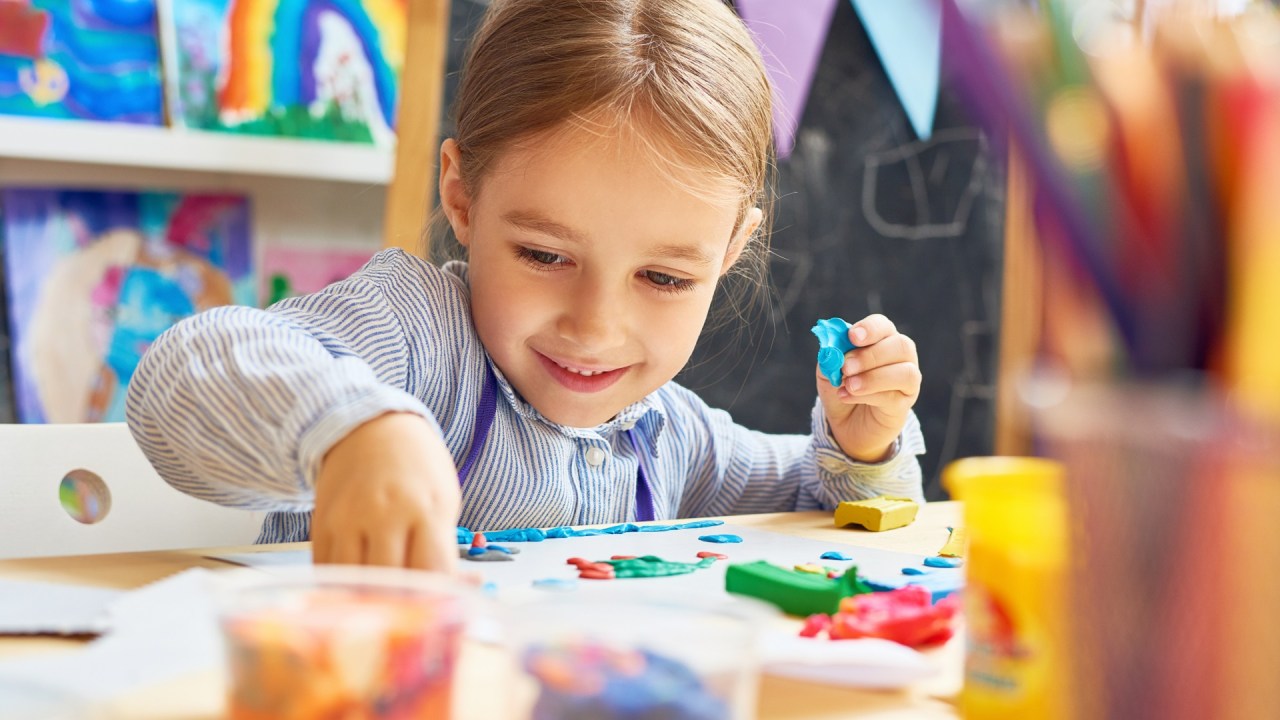The Canadian Association of Art Therapy describes art therapy as a combination of psychotherapy and the creative process. The goal of art therapy is to enable understanding, self-reflection, and communication through the use of imagery, shape, and colour. Through art therapy, a participant may be able to discover or express emotions otherwise unknown or suppressed.
Art therapy has at least one obvious thing in common with an art class — art. Beyond that, though, there are significant differences. Both art therapy and art classes or activities are valuable and potentially beneficial. But one seeking therapy should not confuse an art class with a therapeutic relationship. And one seeking to discover the techniques of watercolour painting, for example, should not look to acquire those skills from a psychologist in Calgary.
What are the Differences Between Art Therapy and Art Class?
Art therapy near you is a therapeutic exercise in self-reflection, self-expression, and psychological health. Participants use the tools, materials, and framework of art to approach self-understanding and psychological change. Art classes are recreational learning experiences designed to help participants acquire new skills to produce an art piece.
In art classes, the teacher has a product to provide to a participant — a particular skill to demonstrate and convey toward the production of a particular piece in a predetermined style. A watercolour painting, for example.
In art therapy, the psychologist guiding the therapeutic — not educational or recreational — relationship guides the patient through a process of self-exploration and self-expression using some language and materials of art to empower communication or reflection in a manner (or style) that the patient discovers appropriate for them — not a style predetermined by the psychologist.
The following table lists many important distinctions between art therapy and art classes and activities.
| Art Therapy | Art Class |
| Art therapy is led by a psychologist in Calgary trained in art therapy | Teachers or art instructors conduct art classes |
| Art therapy is part of a professional therapeutic relationship | Art classes are based on a student-teacher relationship |
| Art therapy occurs in a confidential setting | Art classes occur in rented common spaces, classrooms, or studios |
| The goal of art therapy is to express yourself | The goal of an art class is to learn a skill and to produce a piece of art using those skills |
| There is no right way | There is a right way to perform the technique being taught, and it is that right way that is being demonstrated |
| Supplies are used as resources for self-expression without limitation to form | Supplies are used in the manner taught to develop the intended skill and produce the sought-after art piece |
| Psychologists in Calgary leading art therapy focus on and prioritize the creative process | Art instructors focus on achieving a particular skill and producing the desired product |
| Participants in art therapy are not evaluated so much as provided with tools to reflect or communicate | Students in an art class and their final work are evaluated according to their ability to acquire and apply particular skills |
| The main goal of a psychologist near you while guiding art therapy is psychological change through therapy within a therapeutic relationship | The primary goal is creating art in an environment designed to be fun and to support learning |
While many psychologists who lead art therapy groups may have some personal interest or experience in art, they do not act as art instructors while leading therapy. Rather, they use art therapy during a therapeutic relationship informed by specialized expertise and the ethical rules developed by the Canadian Art Therapy Association, the College of Alberta Psychologists, and the Association of Counselling Therapy of Alberta.
Art classes are often led by trained art instructors, students, or professional artists. Emotionally beneficial as an art class may be, it is not a place to seek therapeutic psychological help or professional counselling.
Contact a psychologist near you to understand how art therapy may help support, improve, or restore your psychological well-being.
